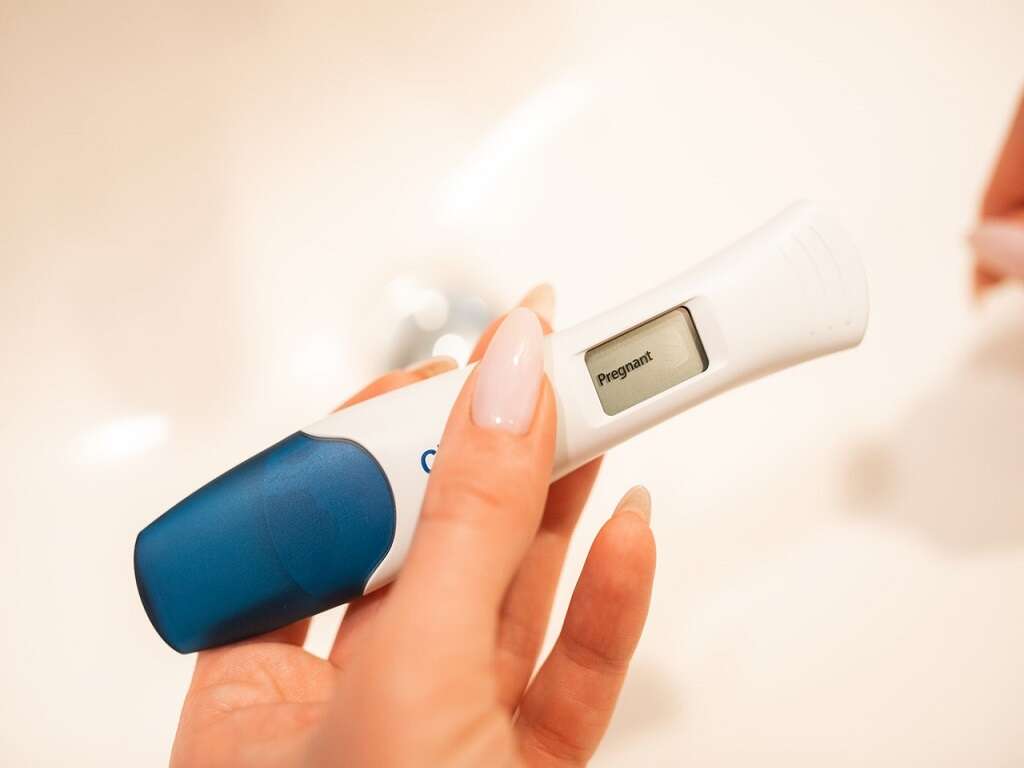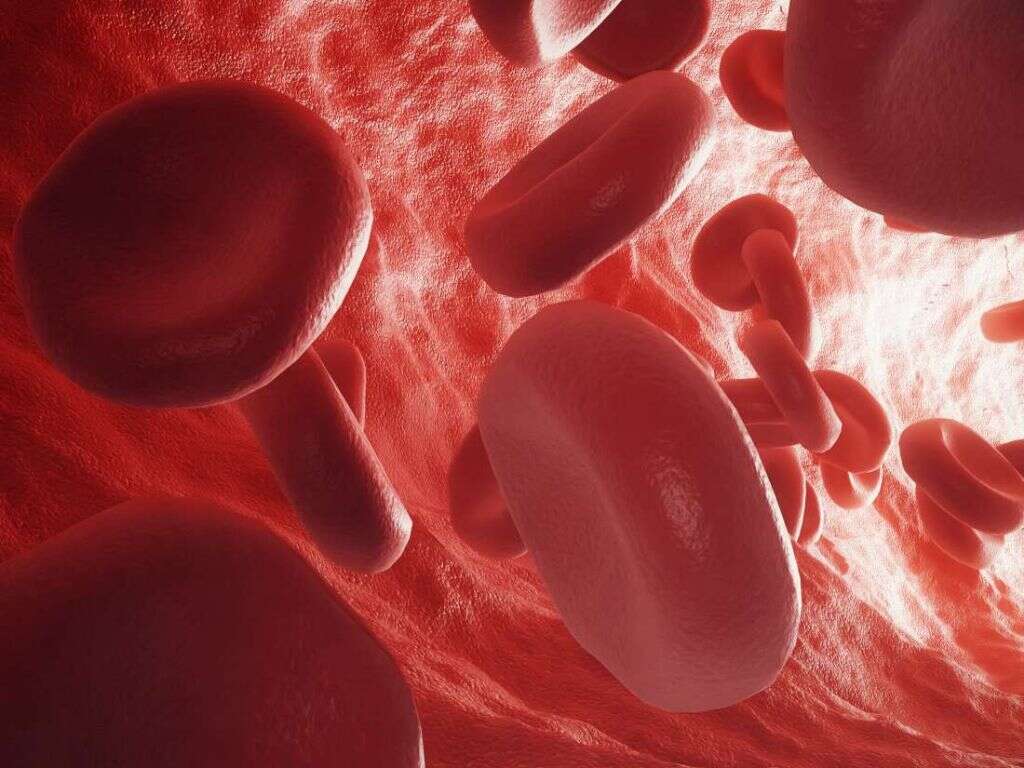10 Preeclampsia Symptoms
Preeclampsia, which used to be known as toxemia, is a condition that can affect women during pregnancy. The hallmark sign associated with the condition is high blood pressure, even in those who haven’t had problems with blood pressure in the past. There are a number of other symptoms involved in preeclampsia, which we will discuss below.
Preeclampsia is the preliminary form of eclampsia, and if you don’t get the condition treated while it’s still in the preeclampsia stage then things will become much more serious. In the most severe cases, eclampsia can lead to death by seizure or other complications.
Unfortunately, the only way to cure preeclampsia is to deliver the baby. There are a number of reasons why this might not be an ideal option, especially if you are early in your pregnancy. Depending on your presentation, your doctor may be comfortable monitoring your symptoms to prolong the gestational period; however, the situation must be handled with the utmost respect to the potential consequences of preeclampsia and eclampsia. Following childbirth, the symptoms tend to remain for between one to six weeks.
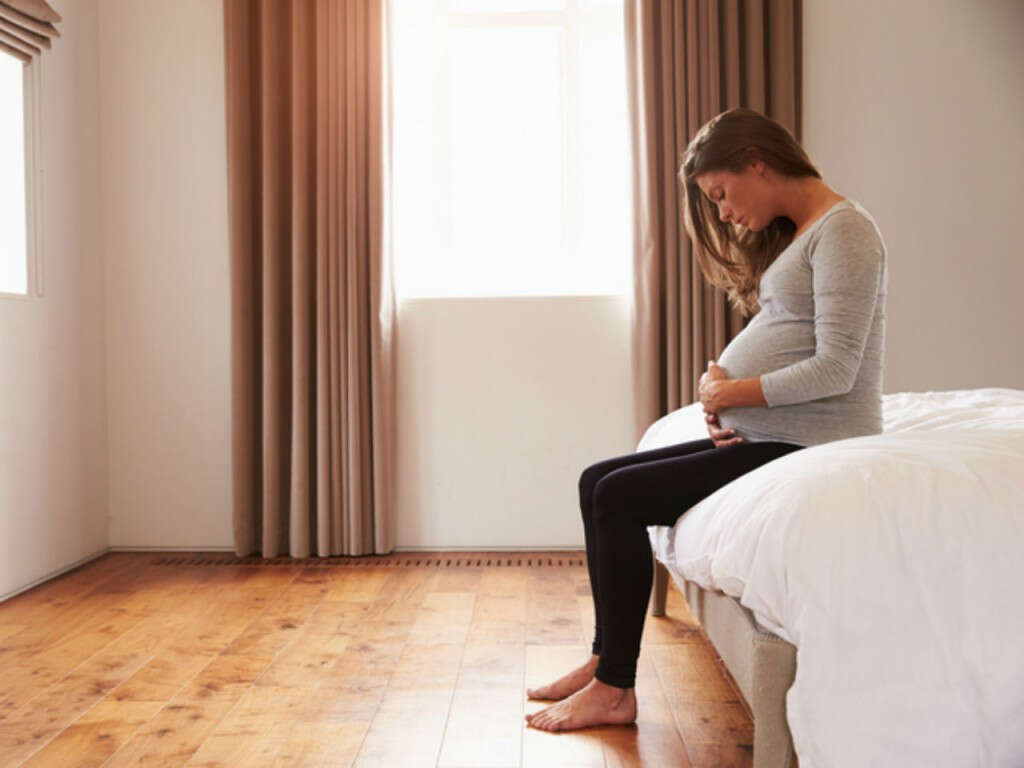
Symptom #1: No Special Symptoms
One of the most difficult things about preeclampsia is that it can be an asymptomatic condition. This means that, despite being very serious, it might not actually cause any symptoms separate from what the mother is already experiencing with her pregnancy.
If this is the case, you might be surprised or displeased if your doctor tells you to rest up in bed. Rest assured that this is usually solid advice, and even if you’re not experiencing a drastic increase in your symptoms it’s probably best for you and your baby to stay rested.
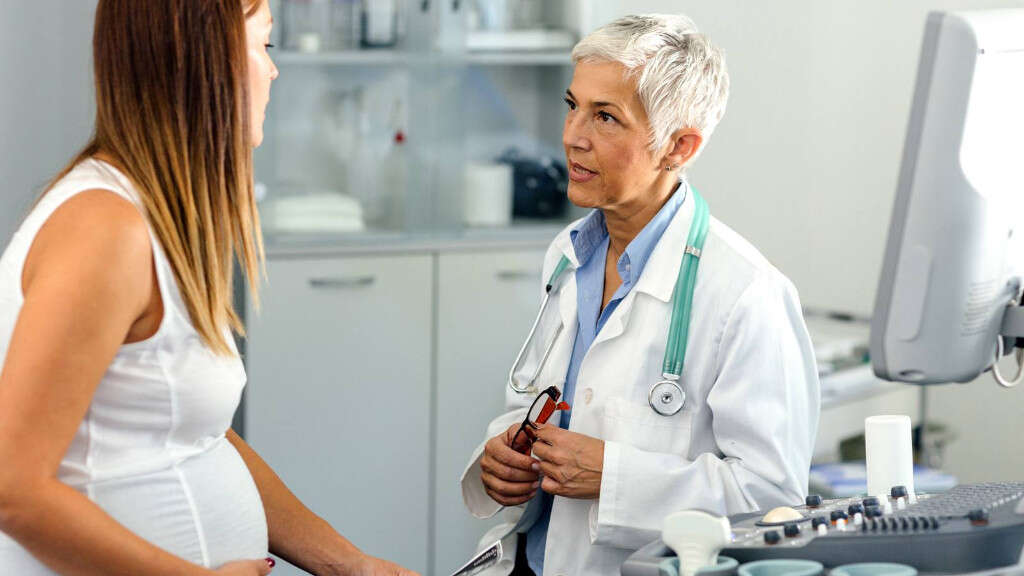
Symptom #2: Hypertension
Hypertension, or high blood pressure, is one of the most telling symptoms of preeclampsia. High blood pressure can even strike women who have had no issues with blood pressure in the past. If you’re worried about your blood pressure and want to check it consistently, you can buy your own blood pressure checker at many pharmacies. If you don’t want to spend the cash, most pharmacies also offer a free blood pressure testing device.
It’s best to ensure that you’re in the same position and that you take your blood pressure at the same time of day. This ensures the most accurate readings. Blood pressure fluctuates quite a bit so you want to make sure that you’re testing yourself while at rest.
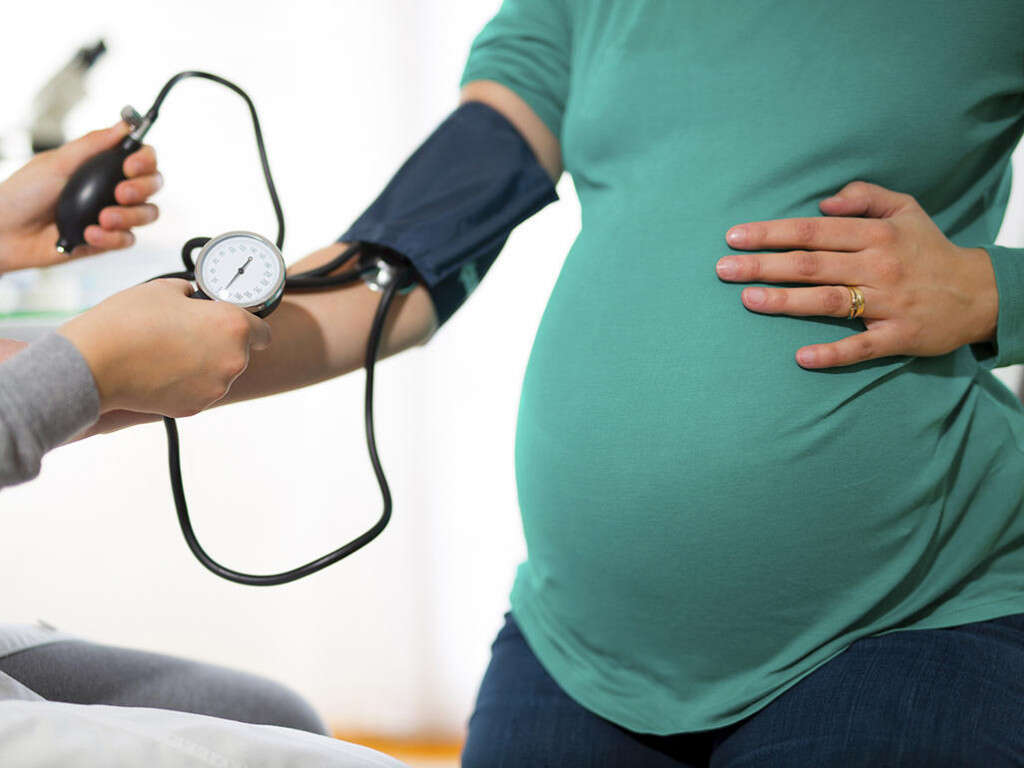
Symptom #3: Proteinuria
Proteinuria is an interesting condition in which patients experience proteins building up in the urine. This is one of the most common signs of preeclampsia and occurs when proteins are improperly filtered by your kidney. These proteins, which usually remain in the bloodstream, are transferred to the urine when preeclampsia damages the filter that the kidneys use to manage the blood.
Make sure you get your urine tested by your doctor whenever you see them to ensure that there’s not too much protein in your urine.
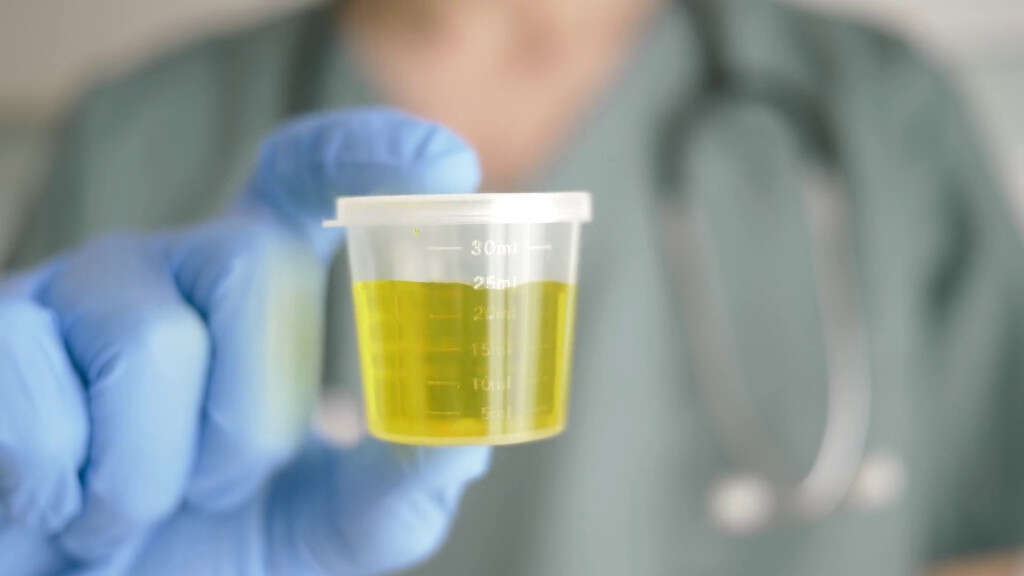
Symptom #4: Swelling
It’s normal for women to experience some degree of swelling when they’re pregnant. Most women report at least a little bit of swelling in their feet during these times.
Women with preeclampsia, on the other hand, tend to develop a specific type of swelling known as edema. Edema is a result of fluid accumulating in your body and can be especially problematic if it happens in your face or around your eyes. If the swelling becomes too significant, let your doctor know.
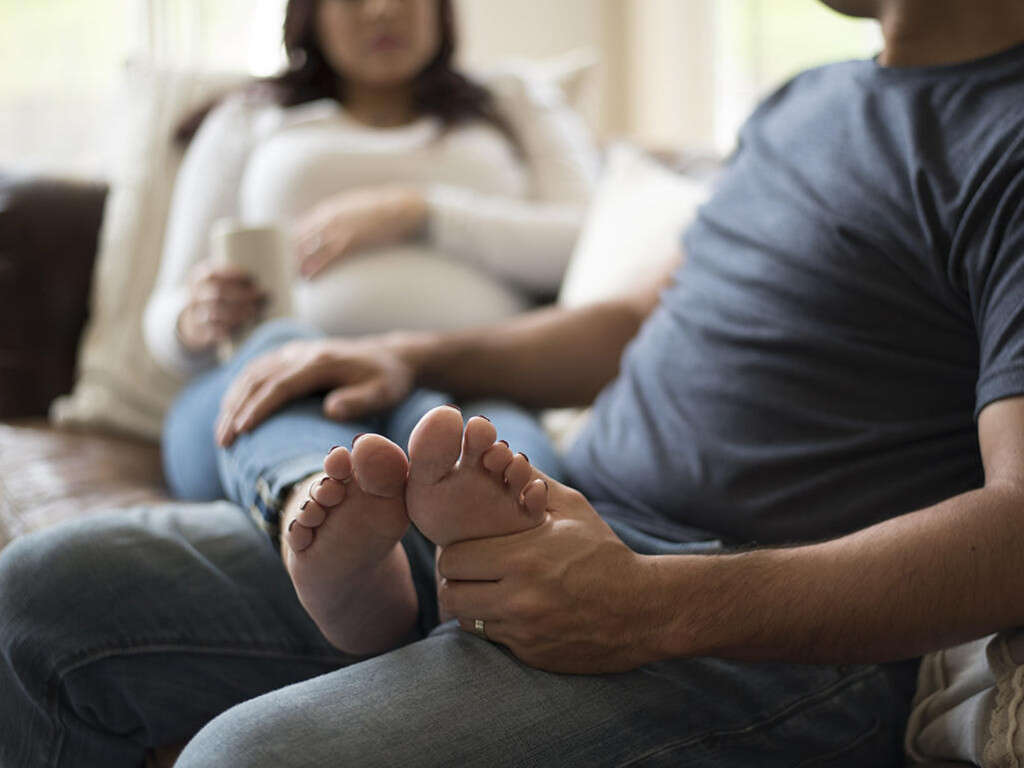
Symptom #5: Headaches
Headaches are another problem that many pregnant women experience; women with preeclampsia tend to experience them quite often and more severely. Some women report intense, throbbing, or migraine-like headaches that remain present for quite some time.
Not all over-the-counter medications and at home remedies can be used during pregnancy and so it is important to talk to your provider about the best ways to control the pain of a headache.

Symptom #6: Nausea and Vomiting
Many women experience morning sickness as a result of their pregnancy. This condition, which is marked by feelings of nausea and vomiting early in the morning or shortly upon awakening, usually persists until mid-pregnancy.
If you experience the sudden onset of nausea after you’re more than halfway through your pregnancy, then this could be a sign that you’re struggling with preeclampsia. It’s also important to note that nausea and vomiting are fairly common medical problems and could be an indicator of many other conditions.
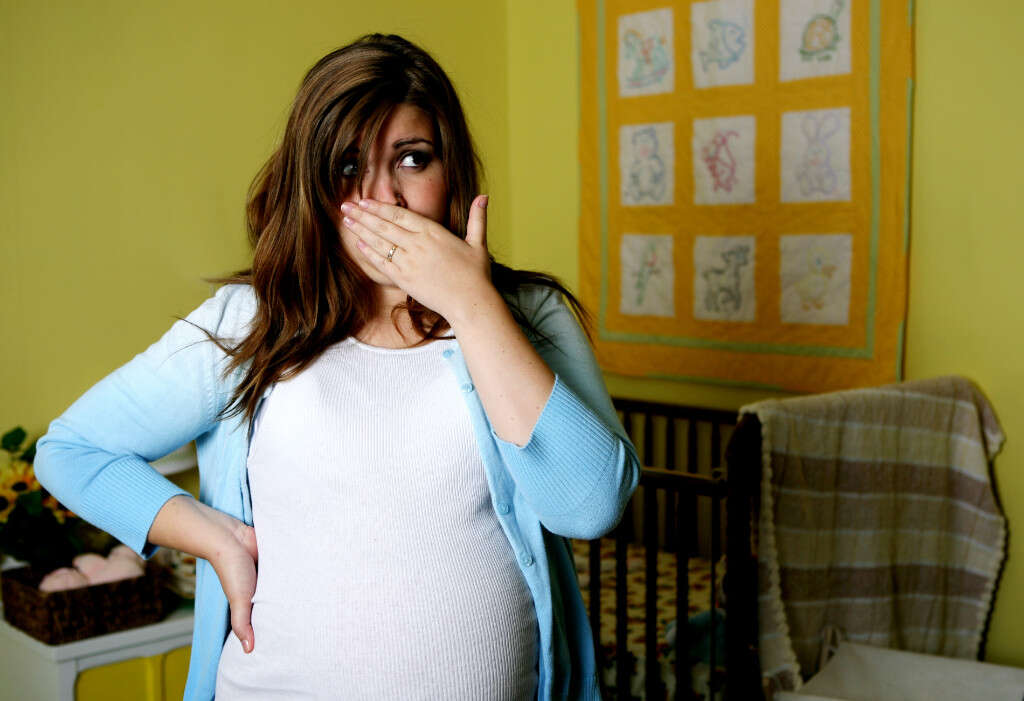
Symptom #7: Weight Gain
Weight gain is another thing that many women experience when they are going through pregnancy.
Sudden weight gain may suggest that you’re experiencing preeclampsia. The weight gain is due to edema.

Symptom #8: Vision Changes
If you’re experiencing problems with your vision in addition to some of these other symptoms, then it’s a good idea to check in with your healthcare provider.
Vision problems are among the most serious problems associated with preeclampsia and can indicate that there is some damage being done to the central nervous system or swelling of the brain.

Symptom #9: Anxiety
Preeclampsia is also known to cause anxiety and some of the related symptoms, such as shortness of breath. Anxiety, shortness of breath, and high blood pressure often occur in conjunction to each other. In serious cases, a complication known as a pulmonary edema may occur and fluid can build up in your lungs.
In most cases, though, anxiety and the related symptoms can be dealt with through gentle exercise such as yoga, meditation, and herbal remedies. Check with your healthcare practitioner to ensure that you choose something safe.

Symptom #10: Hyperreflexia
Hyperreflexia is a condition that’s marked by extreme reflexes. This condition is often diagnosed by your doctor tapping on your knee with a small hammer. If your leg jerks wildly, chances are you are experiencing hyperreflexia.
Your doctor can let you know if the changes require medical attention. In most cases, hyperreflexia is not a serious problem.





